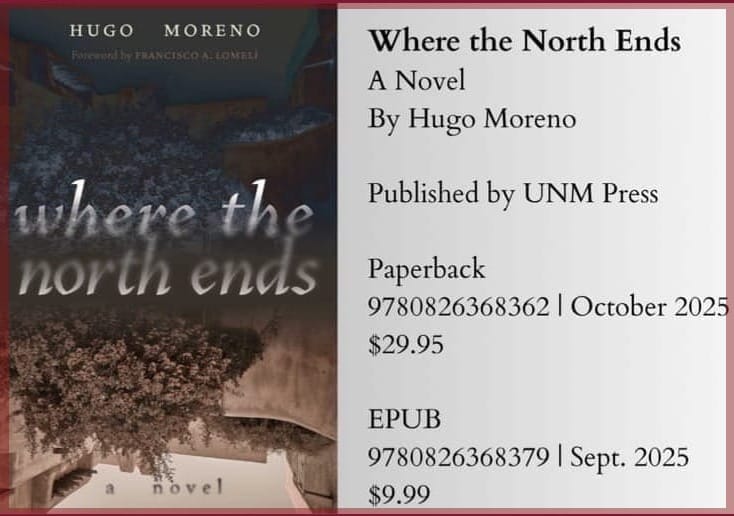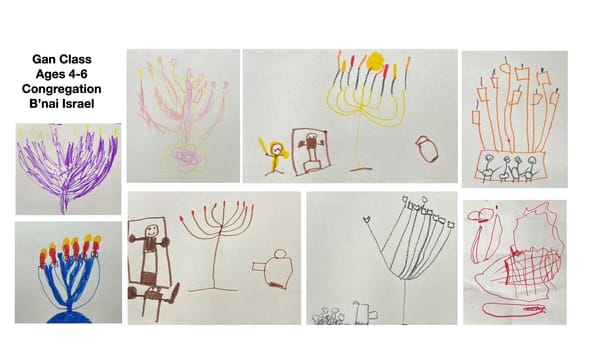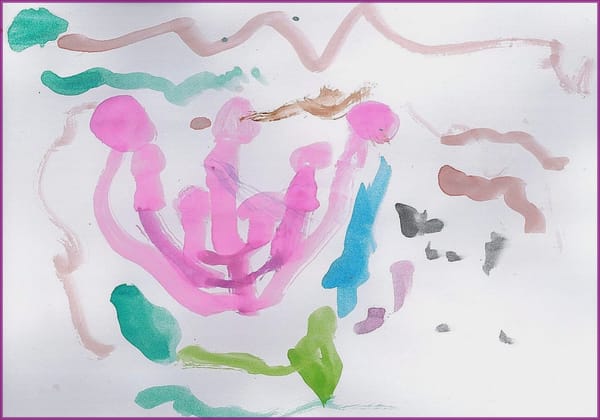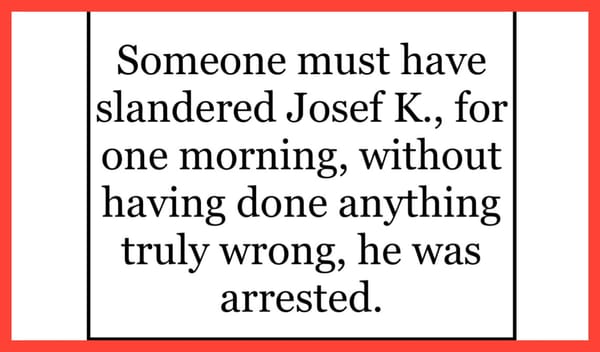How attending a Wagner opera can be fun and not ponderous

By Judith Fein with photos by Paul Ross and
photos by Curtis Brown for the Santa Fe Opera.
Things to think about …
1. Your butt. Die Walküre is the second of a groundbreaking, monumental, four-opera, 18-hour series by Richard Wagner referred to as the Ring Cycle. Die Walküre, at the Santa Fe Opera, lasts four and half hours, and has three acts and two intermissions. If you want to give your butt a break, you can sit on one cheek for each act, changing at intermission. Full disclosure about my own butt — because of the brilliance of the music, singing, and orchestration, I could sit for four and a half more hours.
2. The story contains incest, which is also in classical literature and the Hebrew Bible. In Sophocles’ Oedipus Rex, Oedipus unknowingly sleeps with and marries his own mother, Jocasta. In the Bible, Amram marries his aunt Jochebed, who is the mother of Moses, Miriam, and Aaron. And Lot sleeps with his two daughters, after they are the only ones to flee and survive God’s destruction of Sodom and Gomorrah.
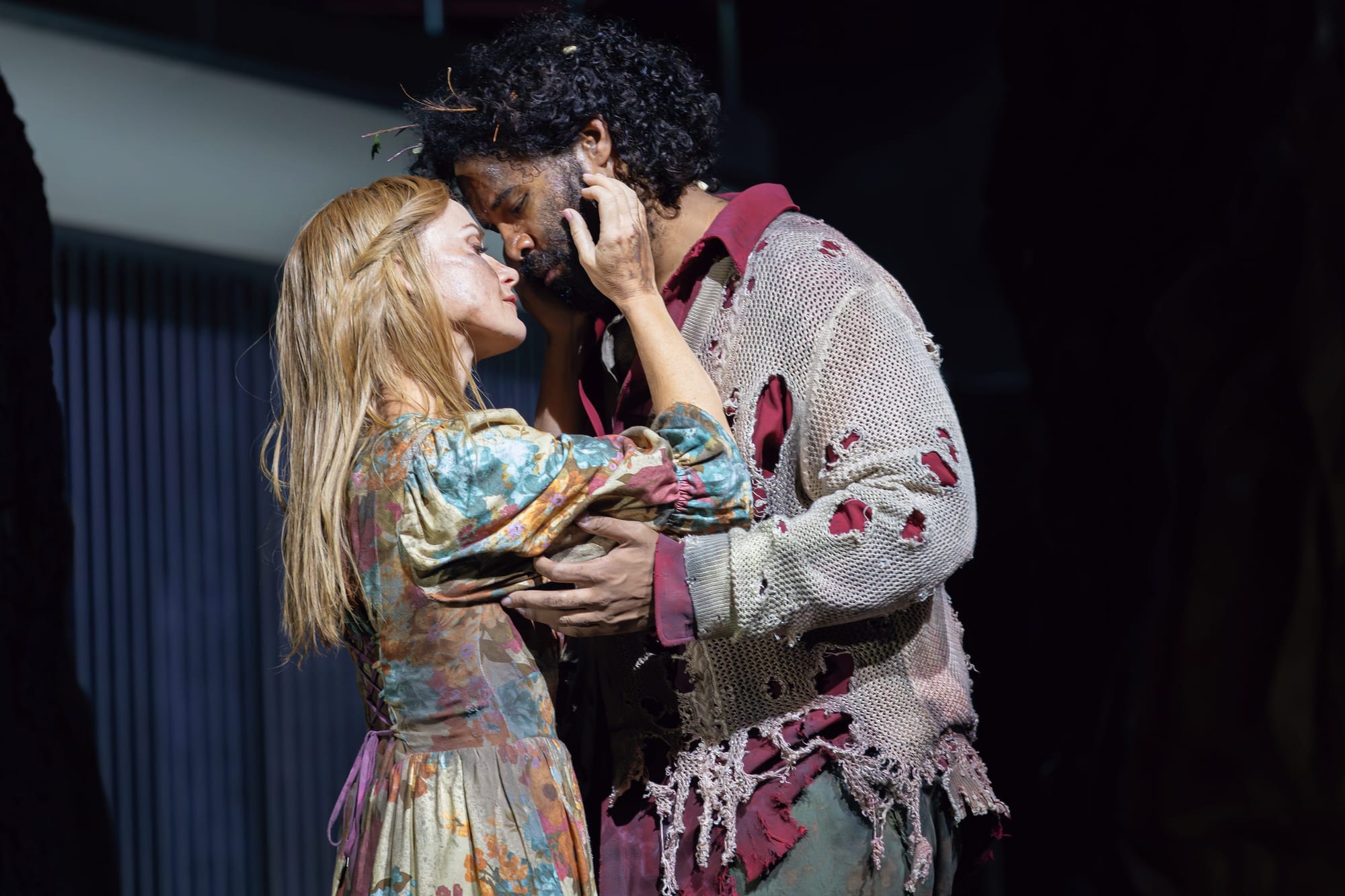
In Die Walküre, two children of the god Wotan — Siegmund and Sieglinde — fall in love and then find out they are long-lost twin sister and brother. This does not stop them from sleeping together and having a baby — Siegfried — who is the hero of the entire Ring Cycle! Another of Wotan’s children, Brunhilde, is commanded by her father to kill Siegmund in his battle with Hunding, but after meeting Siegmund and seeing the depth of his love for Sieglinde, Brunhilde decides to spare him and defy her father. This brings about her terrible punishment and eventually leads to the end of the gods and the old order. On the plus side, the destruction is supposed to herald a new order, based on love. One of the many contradictions of Wagner, is that he composed operas about love and he was one of the worst antisemites I can think of.
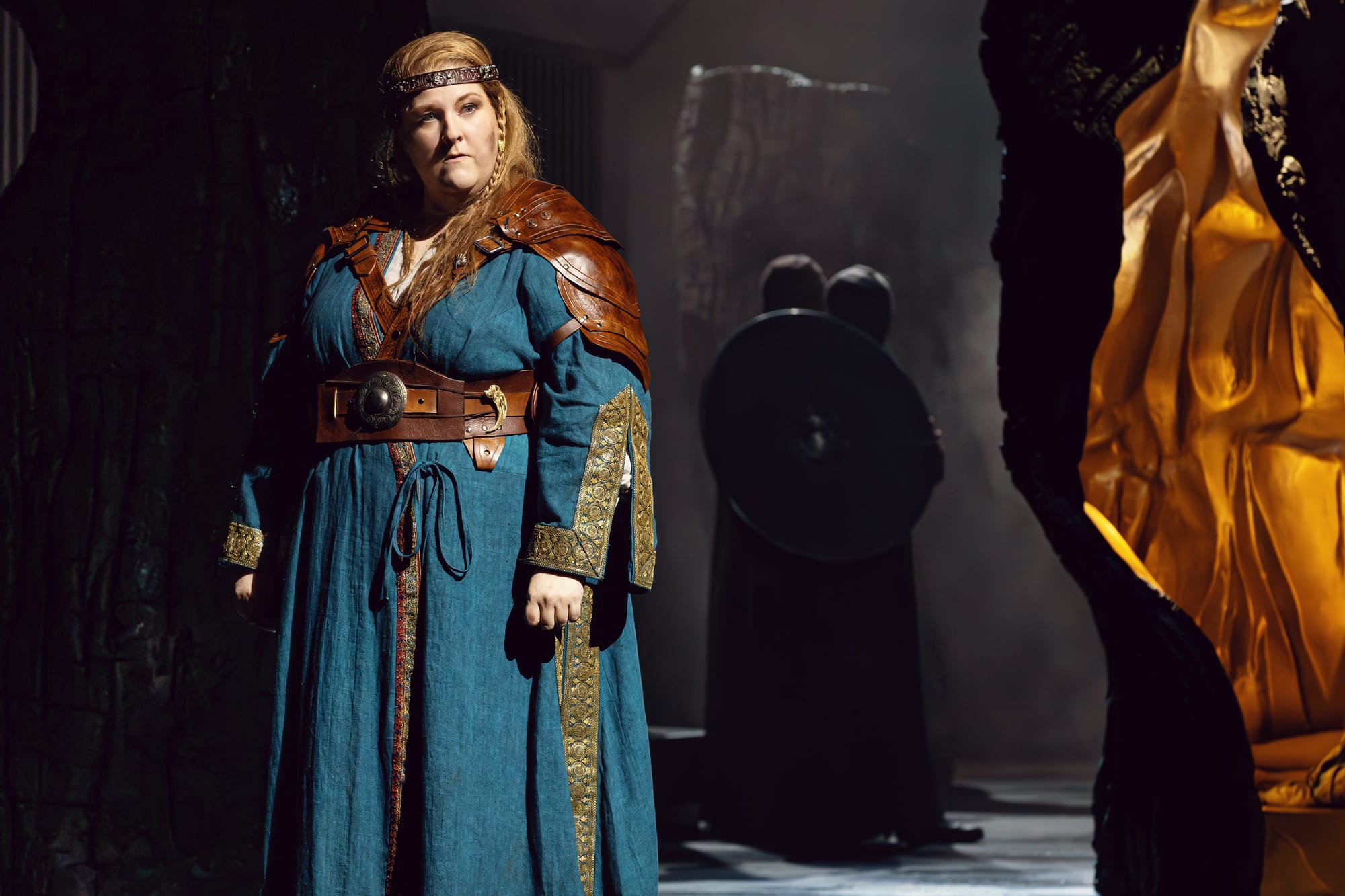
3. You may want to re-think your ideas of hospitality. In Die Walküre, Siegmund — fleeing his enemies during a violent storm — is offered hospitality by the brutish Hunding. Siegmund is not exactly the best guest. He falls in love with Sieglinde, Hunding’s wife, and his own twin sister. Hunding is also an enemy, as he is kin with Siegmund’s pursuers. Laws of hospitality oblige Hunding to provide Siegmund sleep and food. However, the next morning, he is allowed to fight his guest to the death. Let’s be honest; how many times have we all had that same thought!?
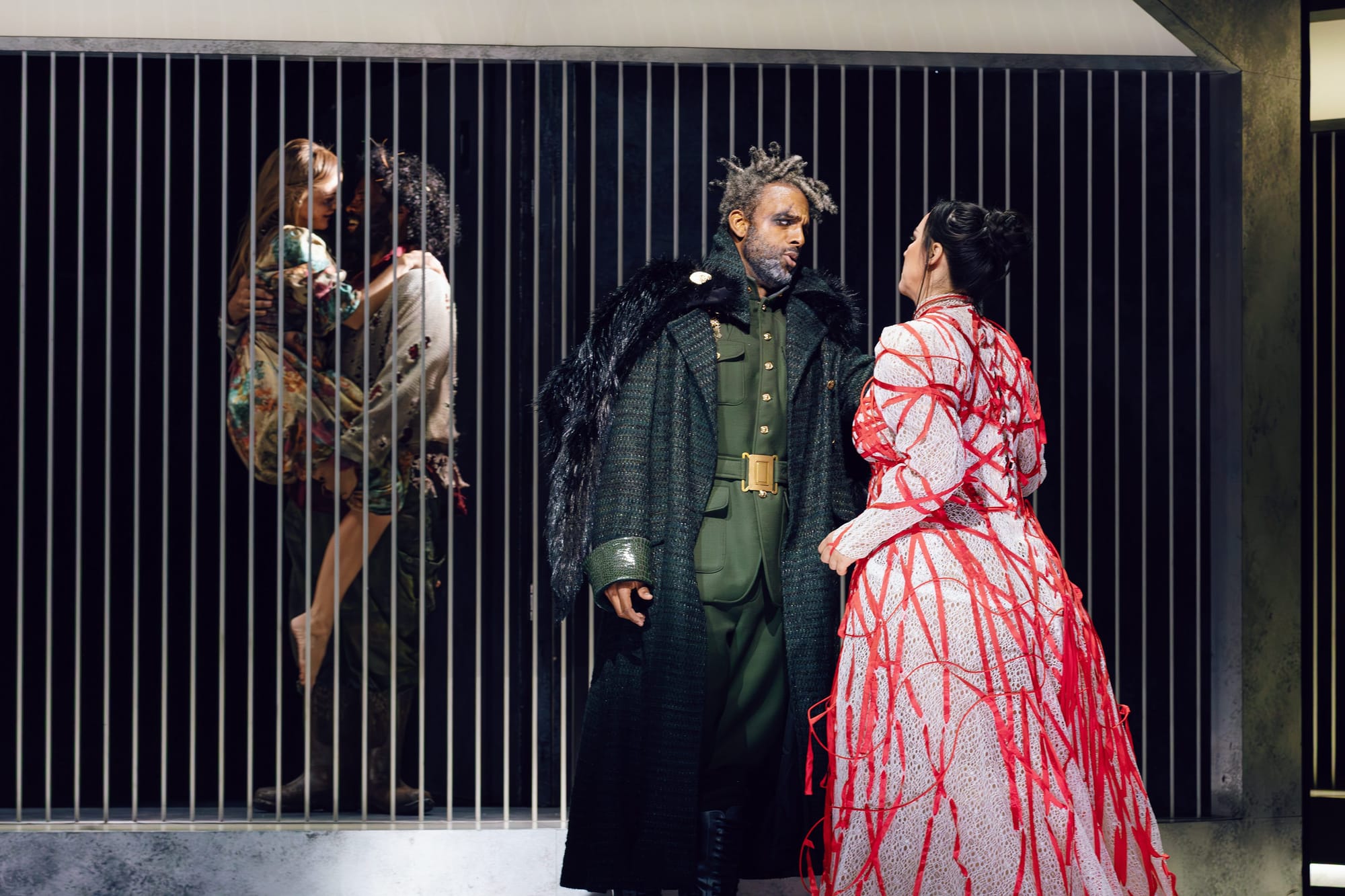
4. If you commit adultery (à la Siegmund and Sieglinde), the whole world will know about it for generations. So maybe think twice before bonking.
5. The next time you see a magic sword stuck in a tree, you may want to stop and pull it out. But given what happens to Siegmund after he does this, you may resist the temptation.
6. If the length of the opera makes you surrender to sleep, you will miss what may be one of the most brilliant and dramatic works of music theatre ever composed. And Wagner’s leitmotifs or themes that repeat throughout the piece are definitely not lullabies. They are very passionate and exciting … so it’s highly unlikely you’ll go back to snoozing.
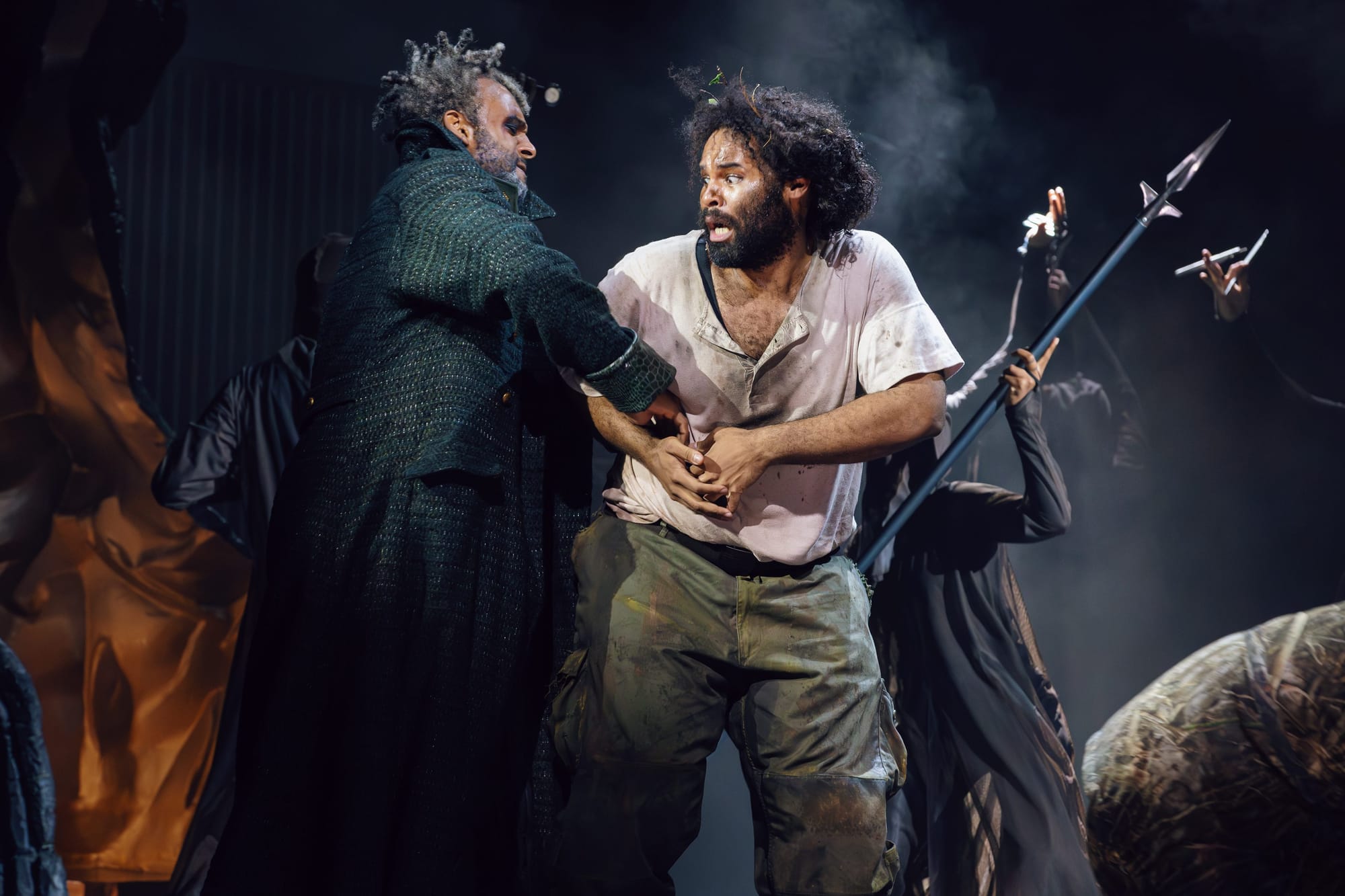
7. Everybody loves a hero. Wotan’s punishment of his favorite daughter Brunhilde is that he sends her to a deep sleep atop a remote, rocky mountain surrounded by a fire. She can only be saved by a hero who rides through the flames to plant a kiss on her lips. When she awakens, she will lose her power and status as a demigod and become a mere mortal. I’m adding a spoiler here, that happens in the next piece of the four-opera Ring Cycle. The name of that opera is Siegfried, which tells you that the hero is Siegfried — who is the incestuously conceived son of Siegmund and Sieglinde. You can tell that Brunhilde slept for a long time, because Siegfried was just a fetus in Die Walküre. Now he is a strong and buff dude. Siegfried and Brunhilde fall madly in love, but this is an opera and you know it will end poorly.

8. Brunhilde is the leader of the Valkyries, the mythical and mystical warrior females who serve the god Wotan. They ride their steeds to battlefields to retrieve the bravest deceased warriors and bring them back to Wotan’s great hall (Valhalla) for feasting, drinking, and Lord knows what else. The rousing, galloping, powerful leitmotif of the Valkyries will be familiar to you and may possibly rouse an earworm. On opening night, I heard several audience members heading to their seats while humming the tune.
9. If you don’t particularly love opera, don’t worry. Richard Wagner, the librettist and composer, called his pieces dramas, not operas. They are highly theatrical, dramatic, emotional, and magical. So, forgive us, Herr Wagner, if we do call them operas and we perform them in houses like the world-famous Santa Fe Opera.
10. Some years ago, I was fortunate to get tickets to the entire Ring Cycle in Bayreuth, Germany, which is ground zero for Wagner fans. He built the opera house where the Ring Cycle was first performed in 1876 and continues today. They have kept the same miserably uncomfortable wooden seats and lack of air conditioning from Wagner’s time. You are not even permitted to bring a cushion, because it might make a slight noise that would disturb the other patrons.
I sat through about eighteen hours of the Ring Cycle, spread across four nights, with an audience where no one ever coughed, sneezed, or fidgeted in their seat. Fans’ devotion to Wagner is like a religion. But have you ever sat through a religious service where no one ever breaks concentration for a minute or yawns, whispers, or goes out for a bathroom break?
11. Why is the production in Santa Fe an opportunity to loathe the man Wagner, and love his work? First, the setting, with a sunset view of the Sangre de Cristo mountains, and an open-air stage which features skyscapes and occasional lightning and thunderstorms and a view all the way to Los Alamos. Second, the opera hires top-tier performers from around the world, including former apprentices who now sing at the Met. Directors, set and lighting designers with massive talent and unique visions are also recruited internationally.
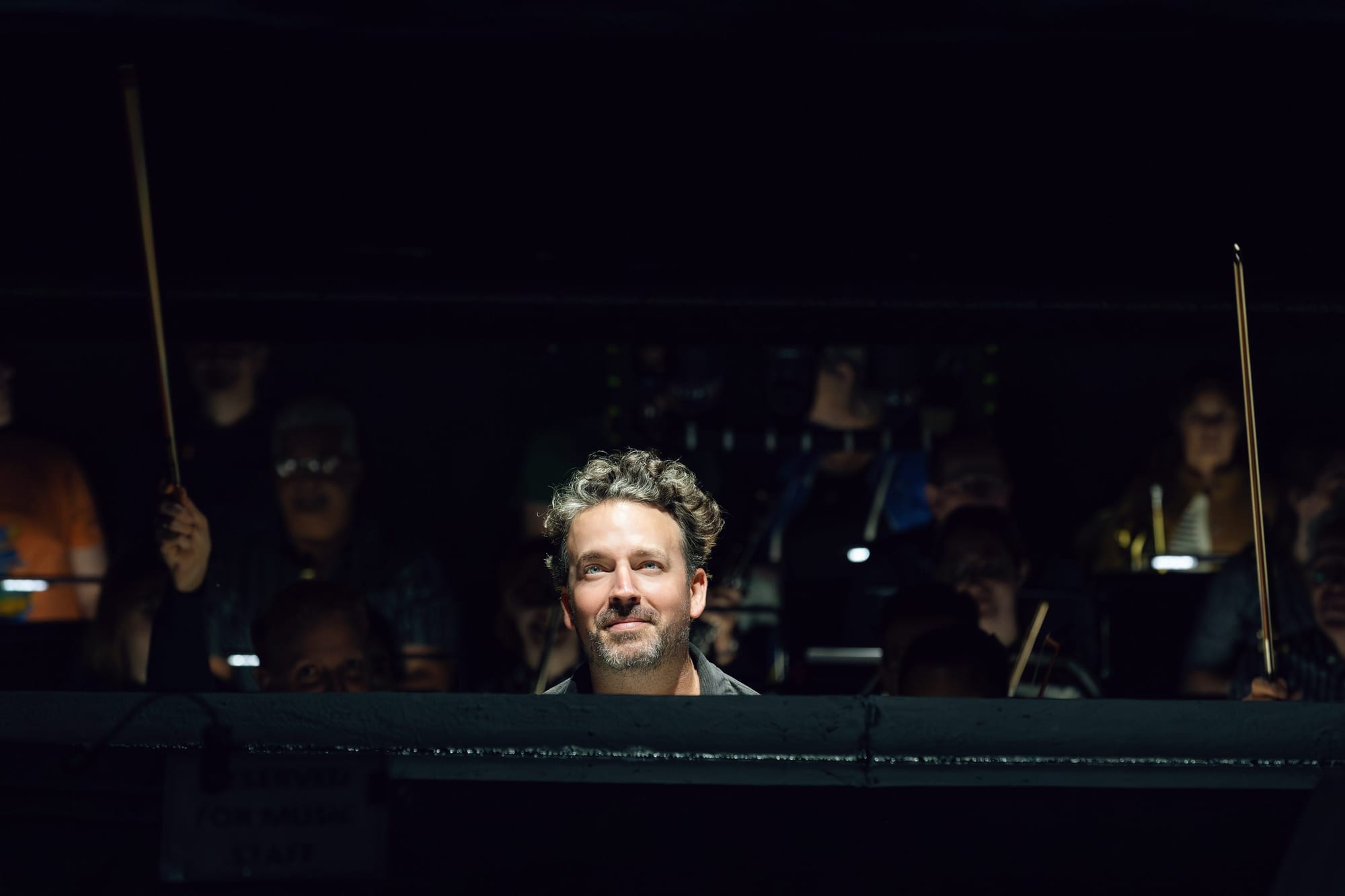
The director of Die Walküre, Melly Still, is British. On opening night, before the performance, I met her three children, and we started talking about their mom and Wagner. I asked if she knew about Wagner’s antisemitism and they said she was “very very aware” of it, and revealed that their father is Jewish. They also said that their mom was focusing on family relationships in the current production. From the first moment of the opera, I was aware of this. The minimalist set suggested a kitchen— replete with refrigerator, oven, a slavish hausfrau Sieglinde and her abusive, violent husband Hunding.
12. Unless you were blessed with a fully functional family, you will be able to relate to the sicko dysfunctionality onstage. Wotan is a serial adulterer whose children with different women includes most of the characters onstage. His wife, Fricka, is also the goddess of marriage. Wotan wants Brunhilde to save his beloved son Siegmund in his battle with Hunding. Fricka says Siegmund must die because he is not only incestuous but also wrecked Hunding’s marriage to Sieglinde.
Fricka is a stepmother who resents Wotan’s infidelity and especially Brunhilde, his favorite female child conceived with the earth goddess Erda. Fricka is depicted as being rigid and vindictive, but her accusations are true and she guilt-trips Wotan into commanding Brunhilde to kill Siegmund in his battle with Hunding.
When Brunhilde rebels against her father Wotan’s murderous command, the punishment of his beloved daughter is unbelievably vicious and eternal. It includes the curse that the first man who finds Brunhilde on the mountaintop can possess her and make her his slavish housewife (like Sieglinde was). Wotan tells Brunhilde that her role in life is to serve his will, his demands, and she is not a free agent who can act on her own. He is a father who cannot accept that his daughter is grown up, that she can defy him, and that his authority is no longer absolute. He becomes even more rigid and enraged than Fricka!
The end of the opera would break the hardest of hearts. In slow musical motion, which means that Wotan has a long solo in this basically aria-free opera that is wall-to-wall music, Wotan reveals his secrets, sins, guilt, and suffering to his beloved Brunhilde. She is his child and confidant. Wotan feels a lot better after he unburdens his soul but Brunhilde clearly feels a lot worse. She and her father share a deep physical and emotional bond of love. But she has chosen to leave the cocoon of obedient love and accepts her father’s drastic punishment. A sign that Wotan really loves her — note the irony — is that he makes a concession and honors the one final favor she requests. She doesn’t want to be possessed by the first man who randomly comes along. She doesn’t ask for someone who is handsome, smart, charming, or sexy. She asks only that a brave hero and free man will be able to penetrate the fierce, magical fire with which Wotan will surround her. Only the truest of heroes can plant a kiss on her lips. He is the only character who is truly free, as everyone else is a slave to emotions, history, status, family position, rules, guilt and society’s demands.
So how does your family dysfunction compare to the authoritarian, sexist, slavish, angry, vindictive, adulterous, power and wealth greedy, victimized and victim-making characters onstage? At certain points, the audience broke out in spontaneous laughter borne, I think, of recognition and familiarity.
13. Director Melly Still’s production is dense, complex, and stylized. The characters are caught in the webs of destiny and fate that are woven by the gods and by their own behavior. No one is free. Not even the God Wotan, nor any of the goddesses, demigods, or humans. Not the villains nor the victims. They are bound together by ropes, relationships, and multi-dimensional rules. They are tied up in their destinies, futures, pasts, and prophecies. Their intricate fates are woven by the norns [Norse goddesses of past, present and future] who, in this production, are represented as black-clad, faceless spirits.
The supernumeraries who play these spirits haunt the characters and participate in the action. They are like the puppeteers in Japanese Bunraku theatre who are dressed in black and manipulate the puppets that enact the story.
Audience members I spoke to were divided. Some loved the conceptual directing, and others thought the ropes and norns were confusing and distracted from the stories and characters. Two women railed about the Valkyrie being upstaged by prop ropes. One hundred percent of the audience members who shared their reactions with me were dazzled, moved, jolted, elevated by the magnificence and power of the story, singing, acting, and drama that unfolded onstage. It was impossible to separate the acting, singing, and orchestra as they existed as one fluid whole. They were also fans of the subtleties and variations introduced by conductor James Gaffigan. Only one trombone player I met at intermission was disappointed; she felt the horns section in the orchestra was too muted.
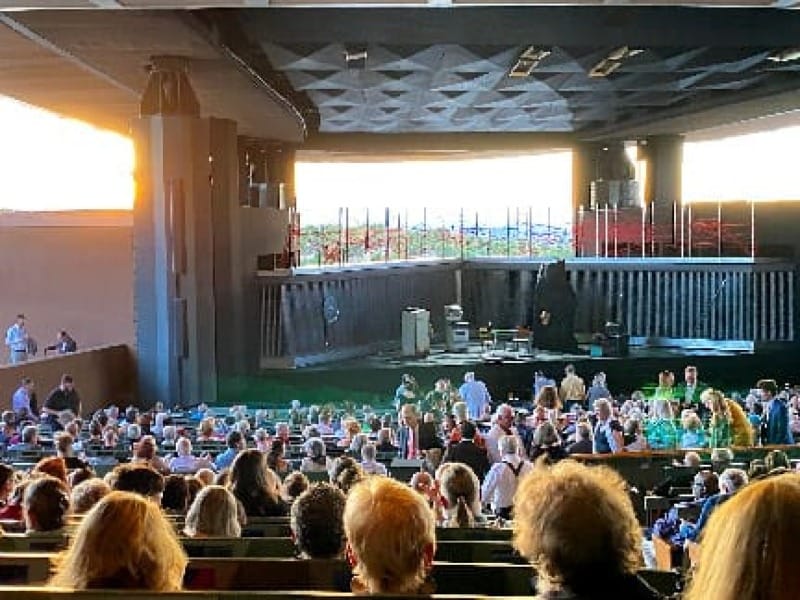
After the production, I was able to ask director Still about the ropes and the norns. “Being bound up, or tied up is one of the delicate running themes of the opera. Wotan is bound by the laws of his own making. All the different characters are bound, tied up by actions of their own making, if we’re thinking metaphorically. And I wanted a poetic response to that. I was also thinking about the etymology of tales, yarns, threads that connect. I end up thinking about physical, poetic responses to ideas.”
I inquired about why the dead heroes the Valkyrie came to collect on the battlefield were bloody and tied up in body bags. Still said she was depicting the horrible, bloody reality of war and not the notions of honor and heroism.
She also addressed my question of why there is no mention of the norns in the program, and Still said their portrayal evolved during rehearsals and the program had probably already been printed.
14. Before every opera performance at the Santa Fe Opera, free talks are offered by the highly entertaining conductor and educator Oliver Prezant. I highly recommend them as the perfect welcome into the world of each opera. He’ll have you singing along, laughing, and understanding the opera with an insider’s point of view.
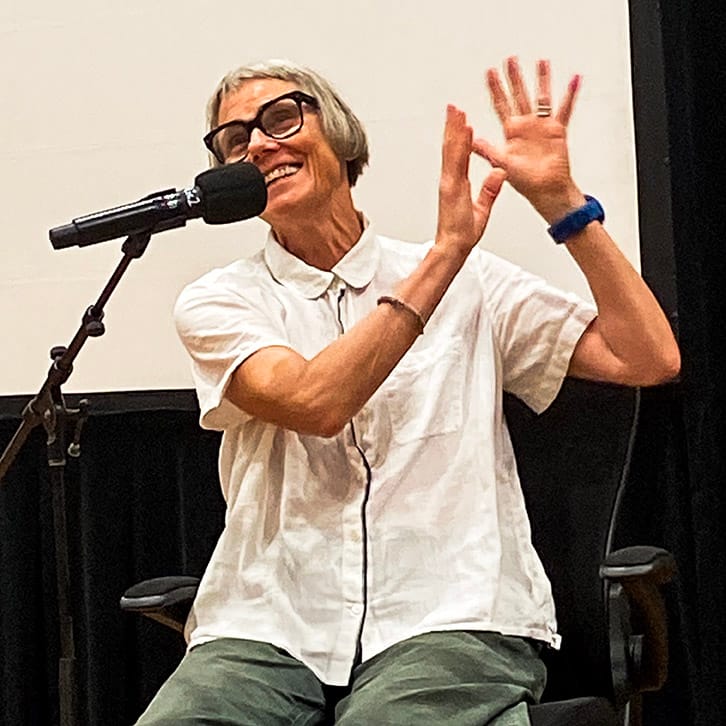
15. Two days after the opening night of Die Walküre, the highly regarded opera maven Desiree Mays organized an all-day Wagner symposium, in collaboration with Charles Gamble, Director of Community Engagement. I was among the Wagner groupies in attendance. Far from an academic event, we were invited into the fascinating medieval Norse sources that inspired Wagner. Mary Springfels played the citole and fiddle and tenor John Piccolini sang in Old Norse. As soon as we finished applauding, Victoria Bond spoke, played the piano, and was positively enlightening about Wagner’s leitmotifs and the emotional impact of his harmonies. Simon Williams, a stage director, shared with us images of his favorite set designs in productions of Die Walküre over the years. For him, the opera is about love and war, and his extensive knowledge of both Wagner’s work and stagecraft makes him a unique and fascinating thinker and speaker.
Melle Still was the last presenter. She has never directed a Wagner work before, has no Wagnerian expertise, and approached it as a stand-alone theatrical piece. She is interested in the internal landscape of the characters and is not concerned with who is good or bad — because we all are both —and other limiting categories. She worked playfully and deeply with the singers, considering them as actors, and explored the depth of their characters’ feelings which are not static but changing throughout the work. Because the singers are exploring and expressing a range of human feelings, the audience is drawn in and becomes emotionally involved.
16. We’re fortunate to attend Die Walküre at a time when Wagnerites are exploring the entertaining, sometimes humorous and witty, world of the highly influential composer. For four and a half hours, we can forget about Wagner’s deeply disturbed dark side and hideous behavior and focus on the fact that he was also a genius, innovator, and composer obsessed by love.
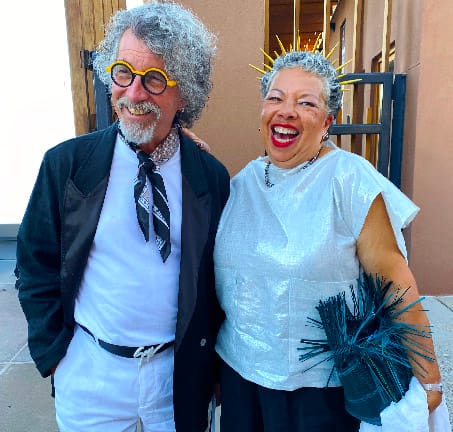

IF YOU GO:
The opera lasts about four and a half hours, with two intermissions.
https://www.santafeopera.org/whats-on/die-walkure-2025/
For additional information, contact the Box Office.
800-280-4654
505-986-5900
boxoffice@santafeopera.org
This article has now been honored with inclusion in the Bayreuth Jewish community's website, where you can learn more information about the Jewish community in Bayreuth: ikgbayreuth.de - When you click on the site, look for the 'German to English' google translate bar.
Excerpt: "As Wagner's German opera house addresses his antisemitism": "... Directly below the hilltop theatre, in a large, two-tiered garden, was — and still is — a very explicit exhibit about Wagner’s antisemitism. It features prominent metal panels or stelae with pictures of Jews who were not allowed to sing, play music, or direct in the Wagner theater in Bayreuth, and tragic stories about what eventually happened to them.Some escaped, some died in concentration camps, and all of them were barred from practicing their craft. In some instances, they weren't even Jewish but were married to Jews, or they were only one fourth Jewish, but it didn't make a difference to their racist detractors. Wagner considered Jews to be evil and anti-cultural whereas the Germans were the bringers of light and culture.
Even more damning than the Wagner panels are the ones about Cosima. She established stringent rules after Wagner died, not allowing anyone of any Jewish persuasion to have anything to do with the opera except if he or she were already a big star. Later, the 1920’s, members of Wagner’s family became friendly with Hitler and the Nazis and turned the festival into a Nazi showcase, which Hitler, an ardent Wagner fan, attended. Several authors have even suggested that the Wagner family’s writings and antisemitism helped to influence Hitler to discover “the final solution” to eliminate the Jews, but there is no definitive proof of this.
The exhibit was intended to be temporary, but there has been such support that it is now permanent, so you can see it whenever you visit Bayreuth.
I was overcome with a sense of how courageous the city of Bayreuth and the Wagner festival are for doing this. Imagine if the White House had an extensive exhibit about our slave-owning Presidents, or innocent blacks who were murdered, or the decimation of Native Americans." continue
Judith Fein and Paul Ross have contributed articles and photos to more than 130 international publications, and are author/photographer for the recently released, award-winning experiential travel book SLOW TRAVEL NEW MEXICO: Unforgettable Personal Experiences in the Land of Enchantment. Judith is a popular speaker, opera librettist, playwright, former Hollywood screenwriter, and author of the books LIFE IS A TRIP; THE SPOON FROM MINKOWITZ; and HOW TO COMMUNICATE WITH THE DEAD. Paul also performs as PJ, a highly entertaining cowboy poet who has recently added a kosher cowboy poem to his repertoire. For information about the duo’s upcoming talks and events: https://www.Globaladventure.us
Community Supporters of the NM Jewish Journal include:
Jewish Community Foundation of New Mexico
Congregation Albert
Jewish Community Center of Greater Albuquerque
The Institute for Tolerance Studies
Jewish Federation of El Paso and Las Cruces
Temple Beth Shalom
Congregation B'nai Israel
Shabbat with Friends: Recapturing Together the Joy of Shabbat
New Mexico Jewish Historical Society
Where the North Ends, A Novel by Hugo Moreno
The views expressed in this essay are the author’s own and not necessarily shared by other contributors and supporters of the New Mexico Jewish Journal.
Policy Statement Acceptance of advertisements does not constitute an endorsement of the advertisers’ products, services or opinions. Likewise, while an advertiser or community supporter's ad may indicate their support for the publication's mission, that does not constitute their endorsement of the publication's content.
Copyright © 2025 New Mexico Jewish Journal LLC. All rights reserved.














